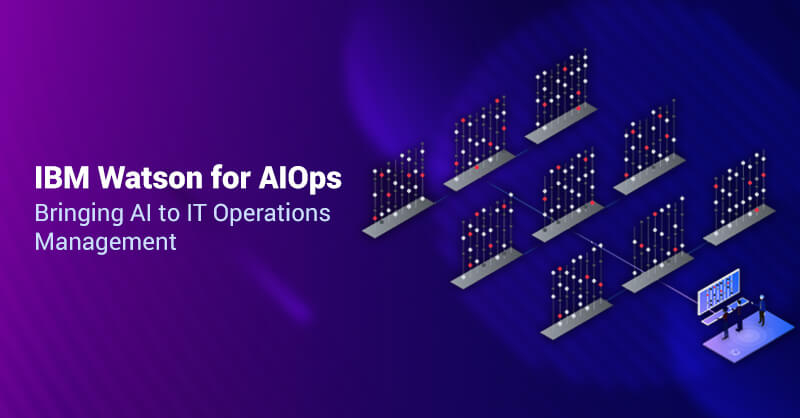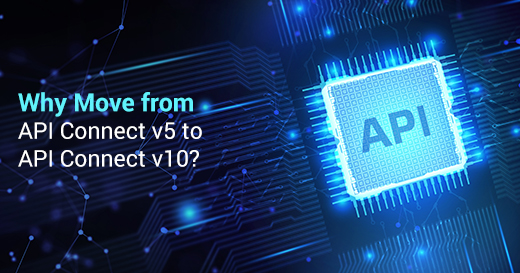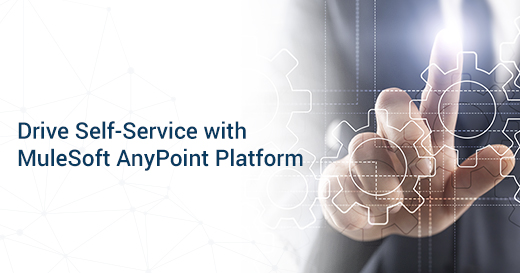How API-led Connectivity is Changing The World
What is an API?
API, Application Programming Interface, is the mediator between applications that allow to share data between each other.
When we use an app on a cell phone, the application interfaces with the internet and sends information to a server which at that point recovers the information, translates it, plays out the vital activities, and sends it back to the phone.
The application at that point deciphers that information and presents the data coherently. This is what an API is.
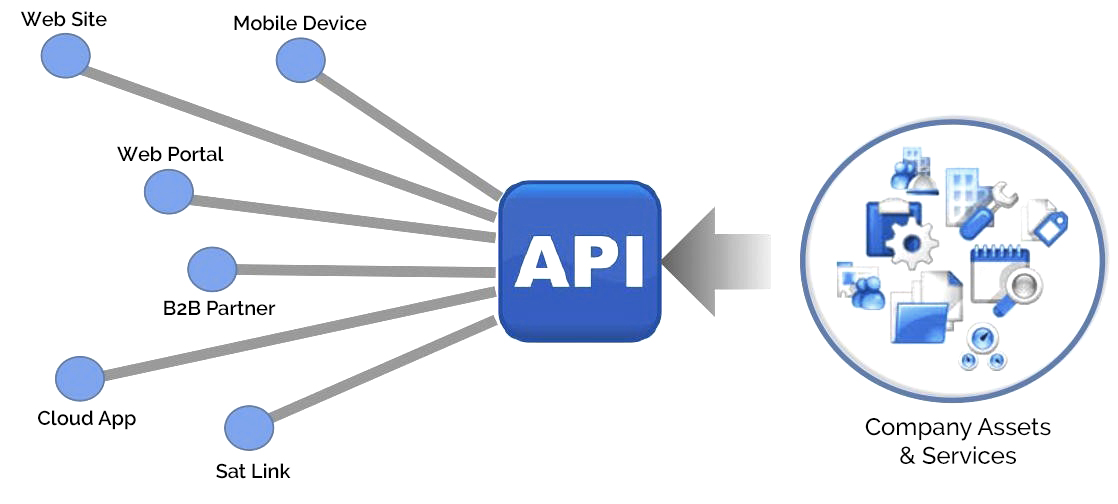
Why API-led Connectivity?
Integration used to happen through point to point connections done in ad-hoc whenever required. This leads to a more complicated structure which requires more hardware resources, more software and licensing requirements, more engineers and as a result time to complete the integration increases and cost also become high. The frequency with which new systems change has also augmented. For instance, whereas the database schema of a core banking system may get modified only on an annual basis, the needs of the online and mobile banking applications connecting to those systems may change daily or weekly. The traditional point-to-point integration methods cannot accommodate the speed of these modifications. This whole scenario creates a gap which requires fresher approach. That is how API-led connectivity born.
What is API-led Connectivity?
API-led Connectivity is a way to connect data to the apps by developing and implementing reusable and premeditated API’s. These API’s serve a specific purpose, to fetch data, parse it, process it, and transform it to fit the required form.
Instead of connecting apps from point to point this approach makes every asset a managed API – a modern API, which makes it discoverable through self-service without losing control.
API’s fall into the following three categories:
- System API’s
- Process API’s
- Experience API’s
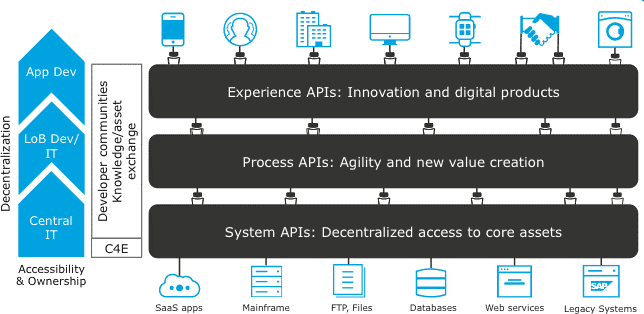
This layered approach for the development of API’s separate each and everything in the business from each other. If the backend (System API) gets changed, then it has no impact on the Process and Experience API and vice versa. So, each layer acts independently which reduce the time and cost for the development and maintenance. With Process API’s having business logic so the same business logic required by different clients can be shared, hence increasing reusability. Experience API’s are majorly associated with the transformation of data so wide varieties of data formats can be used and shared.
In short, API-led connectivity is changing the way the apps are integrated and providing a better and faster way for communication and sharing data between apps.
Royal Cyber
Royal Cyber has seasoned API professionals that can help you in connecting your applications seamlessly. For more information, click here.
By Monis Saeed

